This Earthcache takes you to the remains of the tin, copper and arsenic processing floors of Trewellard Bottoms. The site served the nearby mines of Levant and Geevor in the rich St. Just mining district.
Geology
Most of the peninsula around St. Just consists of "Land's End Granite", a coarse crystalline igneous rock, formed from molten magma, deep in the earth's crust around 280 million years ago. However, between St. Just and Morvah much of the coastline is made up of older dark-coloured slate (or "killas") and volcanic "greenstone" rock.
Within this rock lodes (narrow, near vertical veins) of mixed tin, copper and arsenic ores were formed at right angles to the cliffs. The ores were generally of a much higher grade than the ores found in other Cornish mines, and resulted in a booming mining industry in the area between the 1700s and early 1900s.
Ores
Five main ores were mined in the area:
Cassiterite (Tin Oxide), SnO2: Known locally as "black tin", this ore is much rarer than other ores such as copper or iron. The grades found in St. Just were often high. Blackish-brown with an adamantine lustre (highly refractive, like diamond), may be crystalline or "massive" (very small crystals).
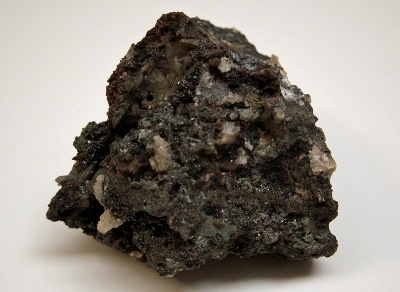
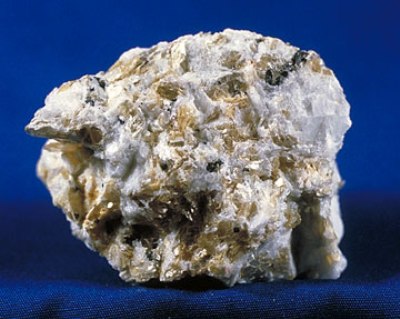
Chalcocite (Copper Glance), Cu2S: This was the principal copper ore in the St. Just district and is a rich sulphide that contains 80% copper. The ore was usually found in the massive form and has a black-lead grey colour.
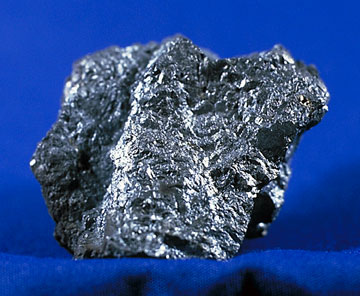

Bornite (Peacock Ore), Cu5FeS4: Another important copper ore in this area, usually found in massive form, the reddish colour quickly tarnishes and becomes iridescent, leading to the nickname "peacock ore". It contains 63% copper.
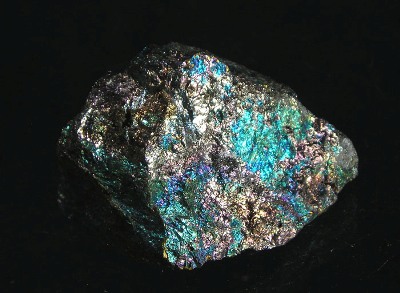
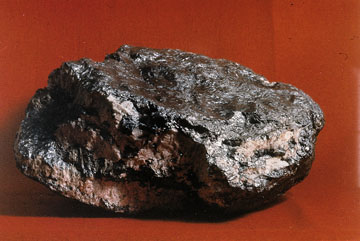
Chalcopyrite (Copper Pyrites), CuFeS2: This was the commonest copper ore in Cornwall, and not as rich as the others found in the area, being only 34.5% copper. Similar to iron pyrites ("fools gold"), only yellower in colour and usually found in the massive form.

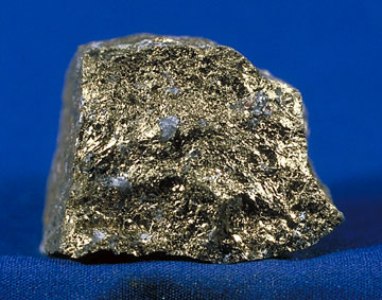
Arsenopyrite (Mispickle), FeAsS: This was the principal ore of arsenic and contains 45% of the semi-metal. It has a metallic lustre and is tin-white in colour, tarnishing to grey-copper.

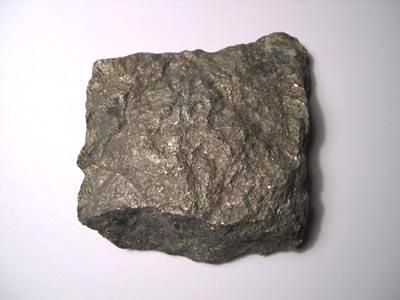
Mining
The ore "lodes" were generally less than a metre wide and dipped at an angle of 70° to 80°. Shafts were sunk many hundreds of metres underground, then levels were dug out underneath the lodes before the ores were eventually "stoped" - drilled out from the bottom upwards. Initially this would have been done by hand using a hammer and hand drill (essentially a narrow chisel), although later gunpowder and then compressed air drills were used. Mining was hard and dangerous, and many men, women and even children died in the mines whilst working to win the precious ores.
Ore Dressing
Once the ore had been mined it was brought to the surface in "skips" by steam powered winding engines above ground. The ore would then be prepared for sale by a large number of men, women and children who worked above ground on the "dressing floors".
Tin: The rocky tin ore was crushed to sand by large steam powered machinery known as "stamps". The stamps at Trewellard Bottoms could be heard as far away as St. Just. The tin oxide was then concentrated using water and gravity methods in conical "buddles", settling tanks and various other pieces of equipment.
The "black tin" was then sold to smelting houses, several of which were concentrated around Penzance, and were often shareholders in the mines.
Copper: High grade copper was generally "dressed" by hand - women and children would crush the rock using hammers to retrieve the high value ore from within. The lower grade ore was generally crushed by a steam powered machine. The ore was then transported to Penzance and shipped to smelting houses in South Wales. Little evidence of copper dressing remains at Trewellard Bottoms.
Arsenic: The tin ore recovered from the mines contained quantities of arsenic and other metals, and these impurities had to be removed before the tin could be sold. Black tin was roasted in calciners (ovens) which removed arsenic as a gas. Later it was realized that the arsenic gas could be condensed in flues and collected as a saleable product.
Tasks
To claim this Earthcache you must complete the following tasks:
1) Photograph yourself or your GPS next to the arsenic calciner chimney stack at N 50° 09.252 W 005° 41.002
2) The earth around the stack has been stained. Describe the colour of the staining - which metal do you think is responsible?
3) There is a lot of mining spoil in the area around the stack - find a mineral, photograph and identify it. If you are not lucky enough to find any of the ores listed above you should be able to easily locate one of the following minerals: Quartz (SiO2), Iron Pyrite (FeS2), Amethyst (SiO2) and more. Please do not remove any minerals from the site.
4) Visit the "buddle" at N 50° 09.308 W 005° 40.885, photograph this or any other buddle on site.
5) Descend to the walled platform above Trewellard Zawn at N 50° 09.341 W 005° 40.839, from here you can see more staining on the cliffs caused by an exposed lode. As well as the colour seen around the chimney stack, there is a second colour visible here. Describe this second colour and state which metal is responsible for the staining.
Photographs should be uploaded to your log. Answers to the questions should be emailed to me, not included in your log. You do not need to wait for a reply from me before logging the cache, however I may delete logs that are incomplete or incorrect, or logs that give away the answers to the questions.
If you would like to learn more about the former mining and ore-dressing industry in this area, the nearby Levant and Geevor Mines are both well worth a visit. Geevor's tour also includes a short underground tour of an old mining level.
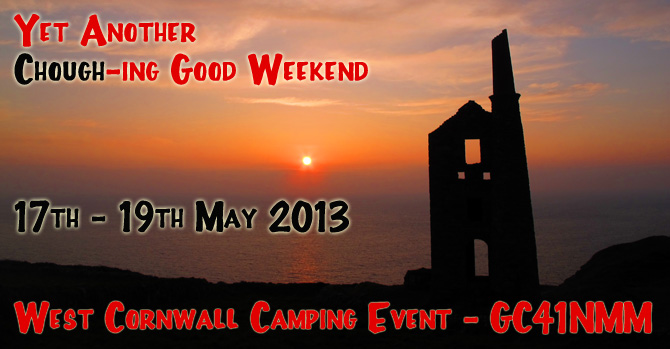

See ratings for this cache